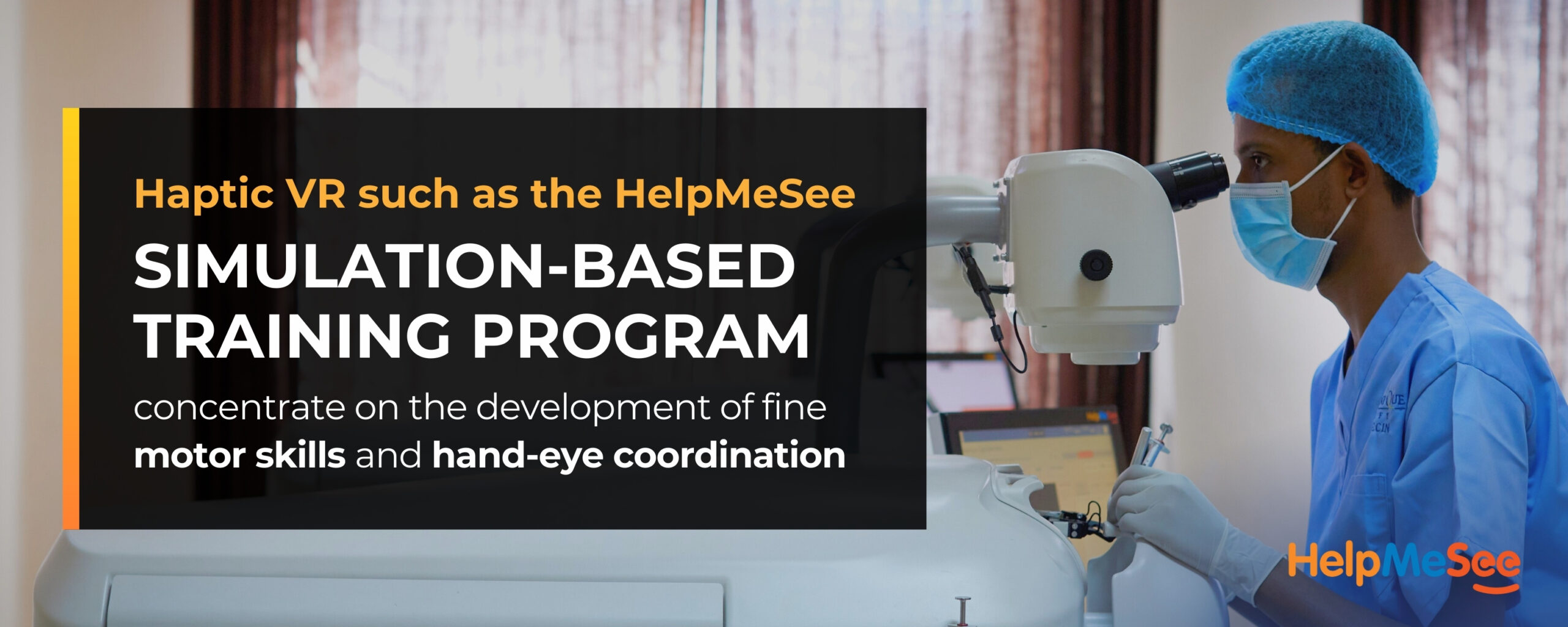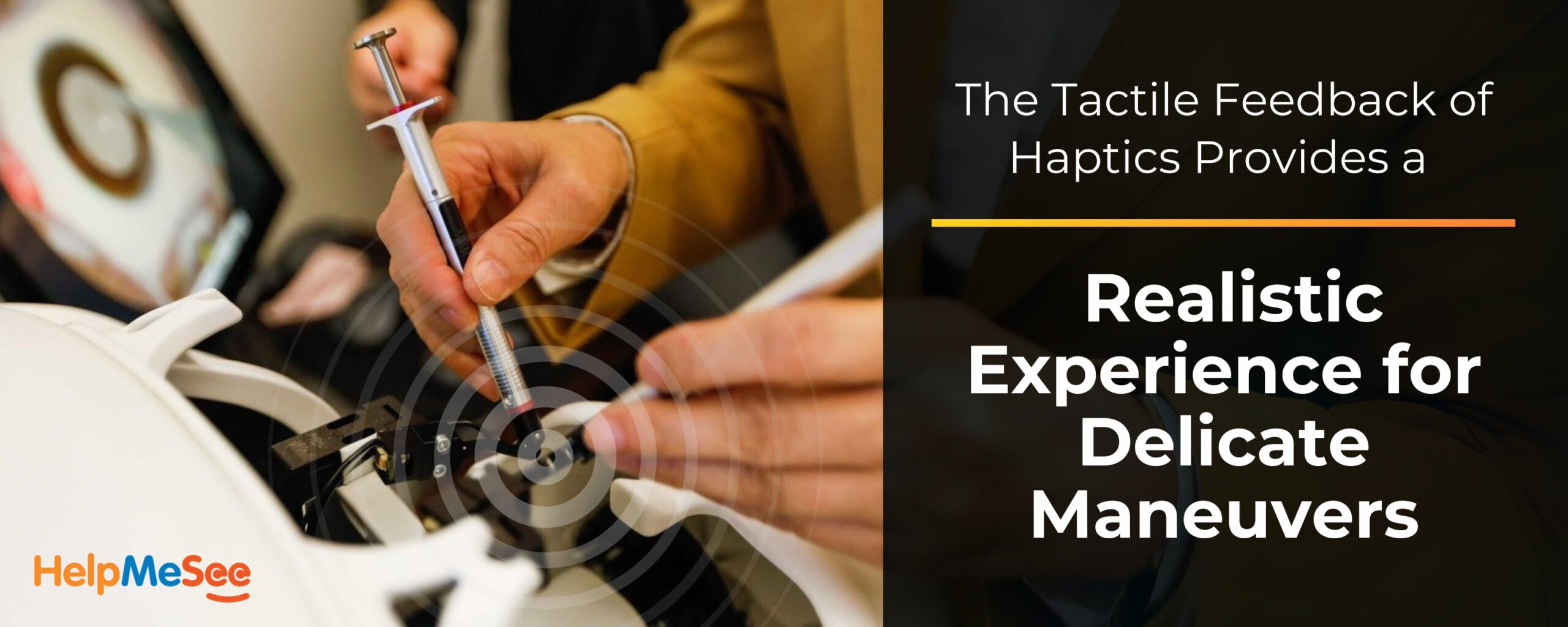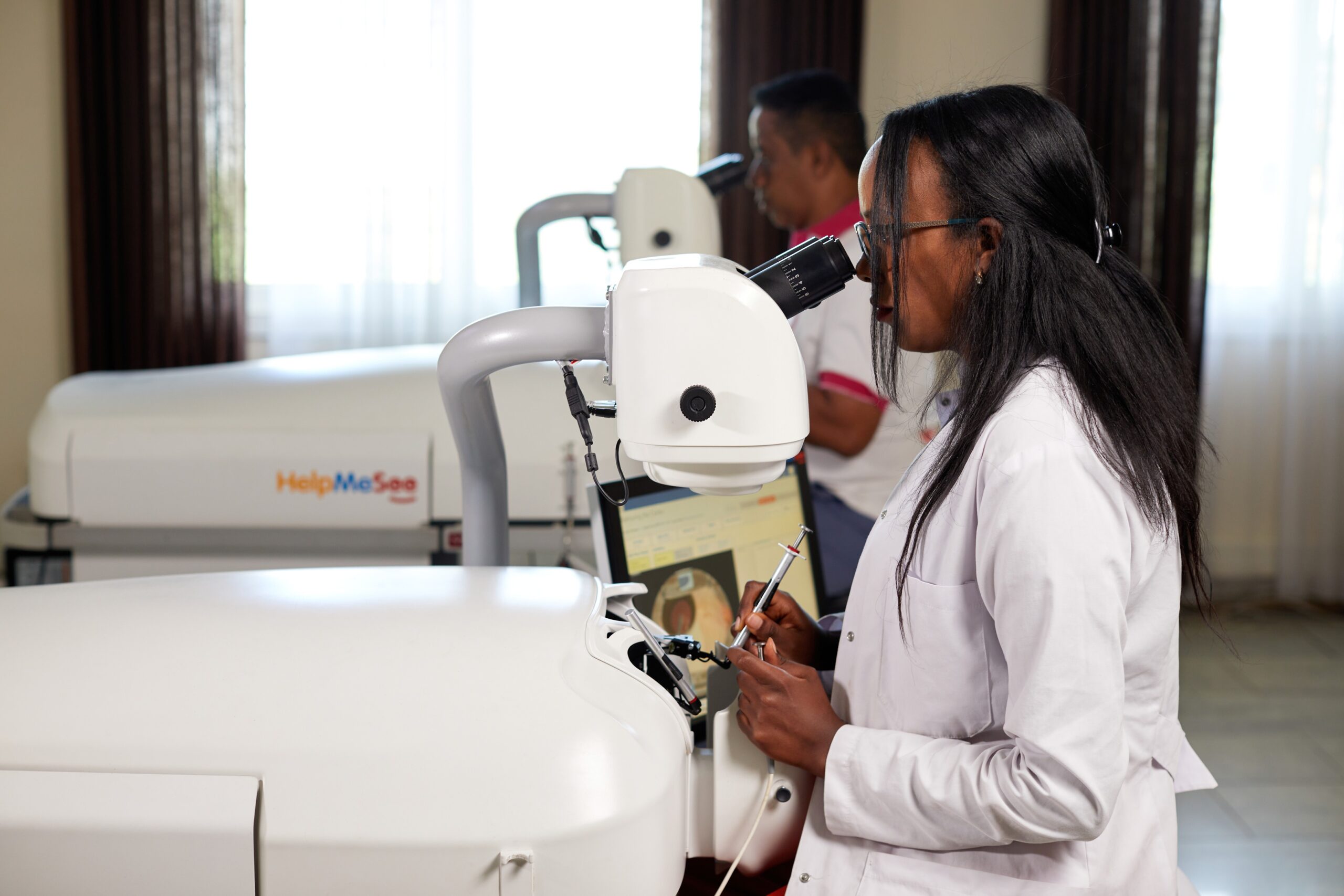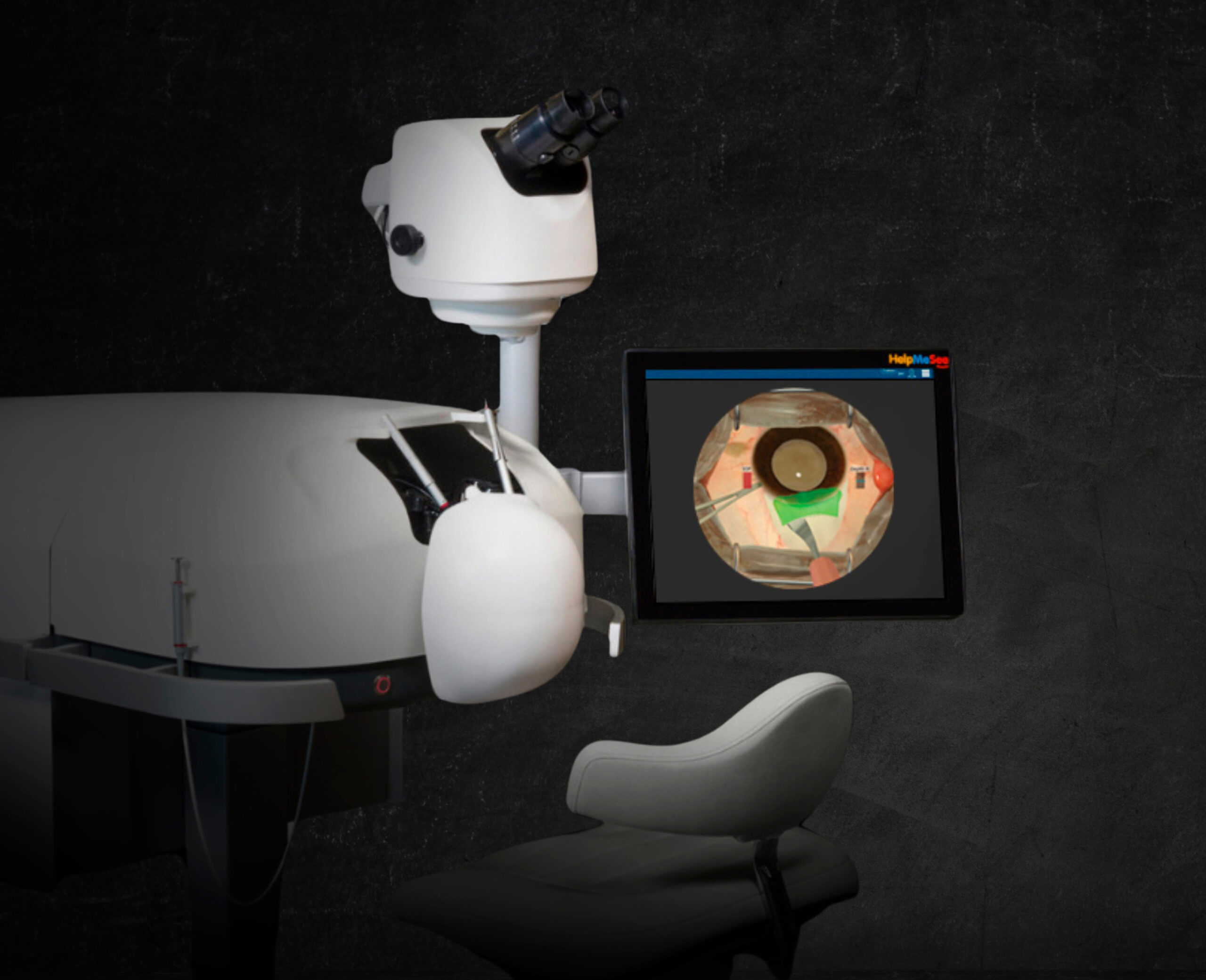The COVID-19 pandemic accelerated the adoption of virtual reality (VR) in many fields of surgical training, including ophthalmology. Lockdowns, social distancing, travel restrictions, and reduced hospital capacities severely limited hands-on training opportunities for ophthalmologists worldwide. VR quickly emerged as a critical tool for maintaining and enhancing surgical skills during the pandemic, and its significance continues to grow. Among the many advancements that have been made recently is motorsensory, or haptic, VR.

The global health care simulation market is projected to reach $4.6 billion by 2028, growing at a compound annual growth rate (CAGR) of 15.7% from 2023. (1) The surge, largely due to high-fidelity and VR platforms and the need for flexible training solutions in surgical fields, will likely continue in ophthalmology specifically due to the increased shortage of cataract surgeons relative to patient demand in our aging society and substantial geographic disparities most noticeable in low and middle income countries. (2)
Safe, effective, and reproducible surgical training modules such as simulated training modules that incorporate VR have great potential to bridge the gap between the growing cataract blindness population and the increasing surgeon shortage. Building from necessity during the pandemic, VR is now an indispensable tool for surgical education that addresses the limitations of traditional training methods. Programs that incorporate haptic VR such as the HelpMeSee Simulation-based Training program concentrate on the development of fine motor skills and hand-eye coordination, two requirements for delicate procedures like cataract surgery.

Advantages of Haptic VR
No. 1: VR with haptic feedback better matches the fast-paced innovation in ophthalmology. Traditional approaches to ophthalmic surgical training may not keep pace with innovations in cataract surgery, including modern phacoemulsification machines, laser-assisted cataract surgery, and advanced technology Intraocular lenses. VR with haptic feedback, however, allows trainees to experience new procedures and use new technology even before entering the OR.
No. 2: The tactile feedback of haptics provides a realistic experience for delicate maneuvers. According to a study published in Nature, haptic feedback may enhance the learning curve, help trainees acquire and refine surgical skills, and lead to better patient outcomes by providing an immersive and interactive learning environment. (3)
No. 3: Incorporating VR simulation training provides access to consistent and quality surgical training. VR with haptic feedback provides trainees with an equal opportunity for surgical training regardless of their geographic location. This accessibility is particularly beneficial for those in remote or underserved areas, ensuring that they receive the same level of training as their peers in more developed regions.

The Vision of HelpMeSee
HelpMeSee is focused on reshaping the landscape of ophthalmology trainee education with its scalable surgical eye care simulation-based training program. The organization is not only dedicated to restoring vision to millions of individuals affected by preventable blindness from cataracts but also to creating a future where everyone has access to eye care, regardless of their location.
VR with haptic feedback improves the speed of traditional training methods, enhances safety for patients, and increases global access to education. HelpMeSee is proud to be a part of this transformation, working to ensure that the benefits of VR training reach surgeons and patients around the world.
- Markets and Markets. Healthcare simulation market by product & service (model-based simulation, web-based simulation, simulation training services), end user (academic institutes, hospitals, military organizations), region – global forecast to 2028. January 2024. Accessed September 3, 2024. https://www.marketsandmarkets.com/Market-Reports/healthcare-medical-simulation-market-1156.html ↩︎
- Berkowitz ST, Finn AP, Parikh R, Kuriyan AE, Patel S. Ophthalmology workforce projections in the United States, 2020 to 2035. Ophthalmology. 2024;131(2):133-139. ↩︎
- Gani A, Pickering O, Ellis C, Sabri O, Pucher P. Impact of haptic feedback on surgical training outcomes: A randomised controlled trial of haptic versus non-haptic immersive virtual reality training. Ann Med Surg (Lond). 2022;83:104734. doi:10.1016/j.amsu.2022.104734. ↩︎
